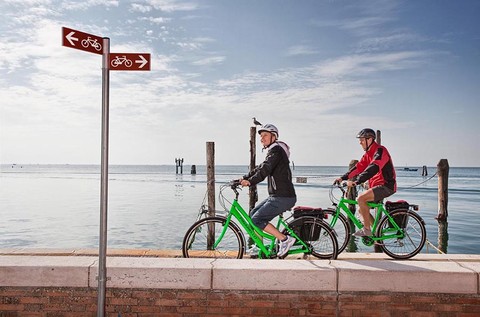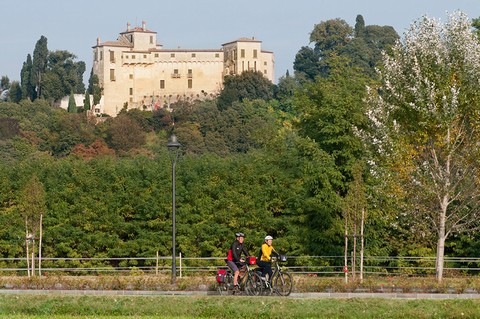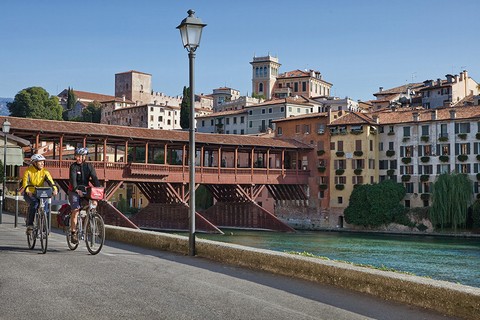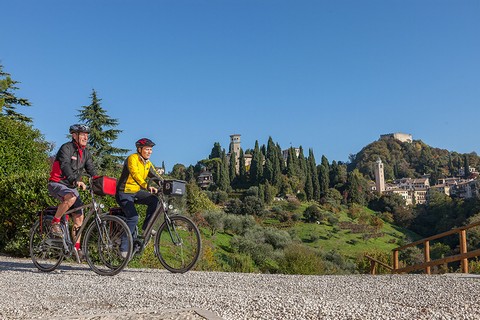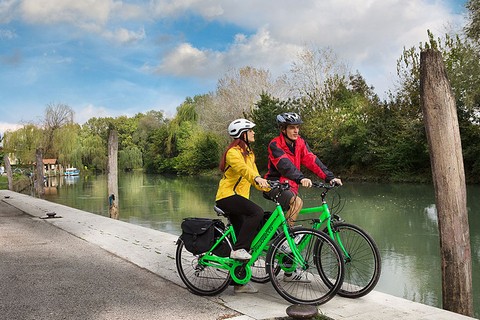Discover veneto
What to do
Plan your trip
Venice and the Lagoon Mountains
Venetian pre-Alps Dolomites
Cities of Art Beaches Lake Garda Euganean Spas Hills and Valleys Parks Po Delta Asiago plateau 7 municipalities Mount Baldo Garda Lessinia Pre-Alps vicentine Mount Grappa Alpago - Cansiglio - Nevegal
Cortina d'Ampezzo Agordino - Val Biois Valle di Fodom Auronzo - Tre Cime Cadore Marmolada Val Comelico Val di Zoldo - Civetta
Belluno Padova Rovigo Treviso
Treviso Castelfranco Veneto Vittorio Veneto Conegliano Asolo Cison di Valmarino Possagno Follina Portobuffolè Oderzo
Venezia Verona Vicenza Venezia Burano Murano Torcello Lido di Venezia San Francesco del Deserto San Lazzaro degli Armeni Giudecca Pellestrina Mazzorbo San Giorgio Maggiore Chioggia Cavallino Smaller Islands
Malcesine Lazise Garda Torri del Benaco Peschiera del Garda Bardolino Brenzone sul Garda Castelnuovo del Garda


Venice and the Lagoon Mountains Cities of Art Beaches Lake Garda Euganean Spas Hills and Valleys Parks Po Delta
Venezia Burano Murano Torcello Lido di Venezia San Francesco del Deserto San Lazzaro degli Armeni Giudecca Pellestrina Mazzorbo San Giorgio Maggiore Chioggia Cavallino Smaller Islands
Venetian pre-Alps
Asiago plateau 7 municipalities Mount Baldo Pre-Alps vicentine Mount Grappa Alpago - Cansiglio - Nevegal Lessinia
Dolomites Belluno Padova Rovigo Treviso
Treviso Castelfranco Veneto Vittorio Veneto Conegliano Asolo Cison di Valmarino Possagno Follina Portobruffoleè Odrezo
Venezia Verona Vicenza Malcesine Lazise Garda Torri del Benaco Peschiera del Garda Bardolino Brenzone sul Garda Castelnuovo del Garda
Pedemontana Vicentina Soave Colline del Prosecco Colli Asolani Colli Berici Colli Euganei Valpolicella
Itineraries Vacation ideas Health and wellbeing Slow tourism Meetings and Congresses Venetian Villas Made in Veneto Love Me in Veneto Events
Bike Tourism Food and wine Walks Culture in Veneto The most beautiful villages Family vacation Religious tourism Equestrian tourism Golf in Veneto An active summer vacation An active winter vacation
Birdwatching Cycling Equestrian tourism Trekking River tourism Recreational fishing tourism Slow winter tourism

